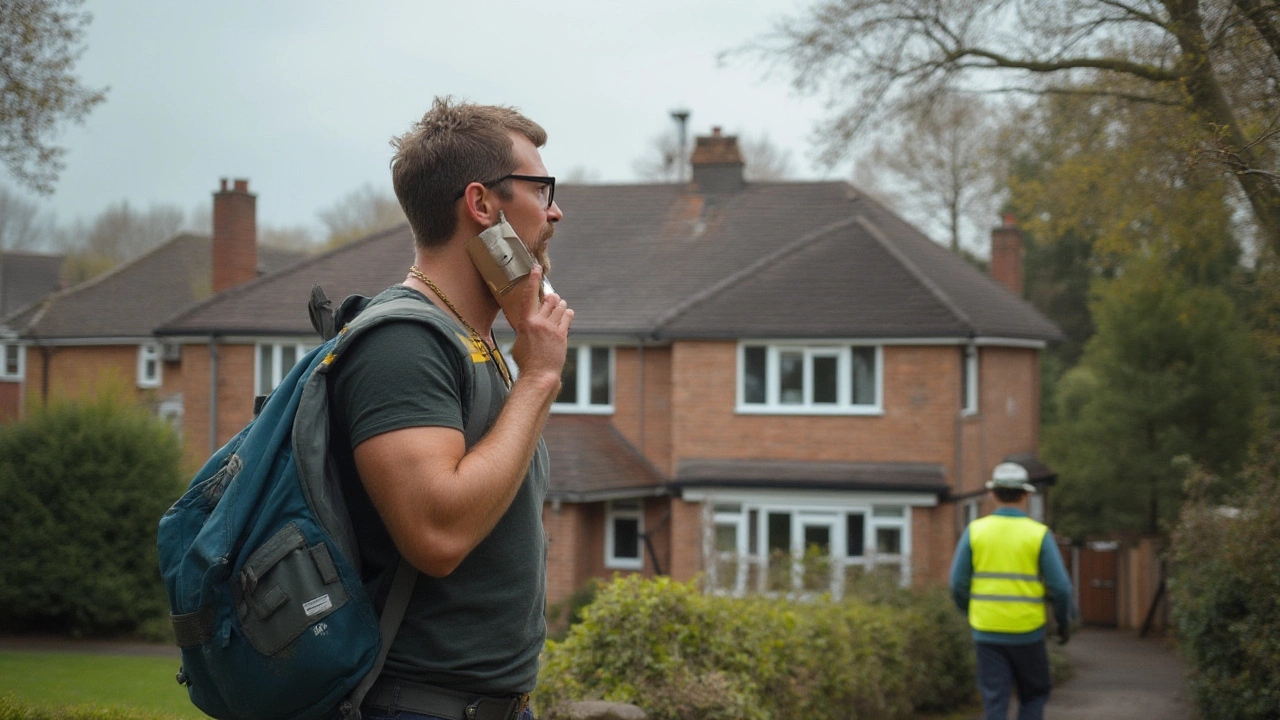Roof Inspection: What You Need to Know Before It’s Too Late
When you think about your home, you probably don’t picture the roof—until it leaks. A roof inspection, a visual and physical check of your roof’s condition to identify damage, wear, or potential failure points. Also known as roof assessment, it’s not a luxury—it’s the cheapest way to avoid a $20,000 repair bill. Most people wait until water stains appear on the ceiling. By then, the damage is already in the rafters, the insulation is soaked, and mold is growing behind the walls. A simple roof inspection catches problems early—before they become emergencies.
Roof inspections aren’t just about missing shingles or obvious holes. They look at flashing, the thin metal strips around chimneys, vents, and roof valleys that seal out water, which often rust or pull loose over time. They check roof decking, the wooden base under the shingles that can rot from hidden moisture, and whether gutters are pulling away from the edge, causing water to back up under the roof. Even the type of material matters—asphalt shingles last 15–30 years, metal can go 40+, but both fail faster if ventilation is poor or if debris builds up in valleys. A professional inspection measures all this, not just looks up and says "it looks fine."
What makes a roof inspection worth it? It’s the difference between paying $300 to replace three damaged shingles and paying $12,000 to replace half your roof after a storm. It’s knowing whether your 18-year-old roof still has five years left—or if it’s one hard hailstorm away from collapse. Homeowners in the UK see more extreme weather now: heavier rain, stronger winds, sudden freezes. These don’t just make your roof look old—they break it. And if you’re planning to sell, a recent roof inspection report can speed up the sale and even raise your offer.
There’s no magic schedule. Check your roof every two years if you’re in a mild climate. If you live where storms hit hard, check it once a year—especially after high winds, heavy snow, or hail. And if you notice any of these: curling shingles, granules in the gutters, daylight through the attic boards, or a sagging ridge line—don’t wait. Get it checked now.
Below, you’ll find real stories from people who ignored their roofs—and those who didn’t. You’ll see what a proper inspection actually looks like, how to spot hidden damage yourself, and why some "free inspections" are just sales pitches. No fluff. Just what works.
Why You Should Call a Roofer: Protect Your Home with Expert Roofing Services
Discover why calling a roofer is smart for homeowners. Learn how expert roofing services protect your home, prevent costly repairs, and ensure safety.





